Amid the serene fields of Ohio lies a colossal earthen structure winding like a massive serpent along the ridge overlooking Ohio Brush Creek. This is the Great Serpent Mound—one of the world’s most impressive and enigmatic earthworks, captivating archaeologists, historians, and visitors for centuries. Who created this marvel? And what was its true purpose?
A Winding Earthen Masterpiece Over 1,300 Feet Long
The Great Serpent Mound stretches 1,348 feet (411 meters) in length and rises 3 feet (0.9 meters) high. It is constructed in the shape of a coiled serpent, with its open mouth appearing to devour an oval-shaped object. This mysterious object has sparked interpretations ranging from an egg, the sun, to a religious or astronomical symbol.
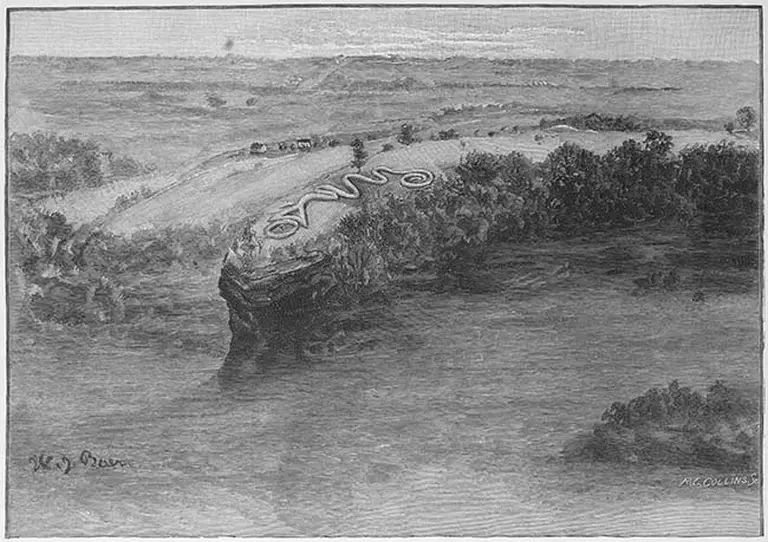
Scientists have revealed that this mound is not merely a work of art but also a sophisticated astronomical structure. The serpent’s head aligns with the sunset on the summer solstice, while its tail points toward the sunrise on the winter solstice. Even more astonishing, its curves seem to mirror the constellation Draco, with the star Thuban marked at a significant position.
The Mysterious Origins of the Mound
The mound is situated on a unique plateau formed by an ancient meteorite impact approximately 300 million years ago. However, it was humans who transformed this site into a prehistoric masterpiece.
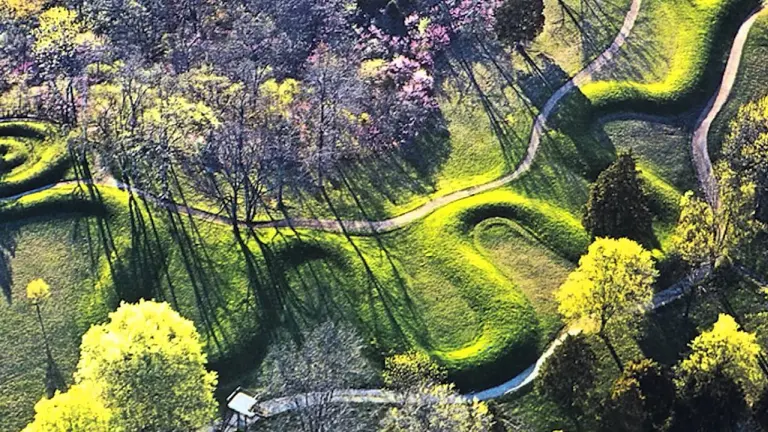
Who were the true creators of this structure? Two major prehistoric cultures are believed to have constructed the Great Serpent Mound:
The Adena Culture (500 BCE – 200 CE)
- Known for their burial mounds and geometric earthworks, the Adena culture was initially associated with the Serpent Mound. Charcoal samples from the site were dated to around 300 BCE, aligning with their era.
The Fort Ancient Culture (1000 – 1650 CE)
- Later radiocarbon dating suggested the mound might have been built around 1070 CE, during the height of the Fort Ancient culture. Some scientists believe they repurposed or modified an earlier structure created by the Adena.
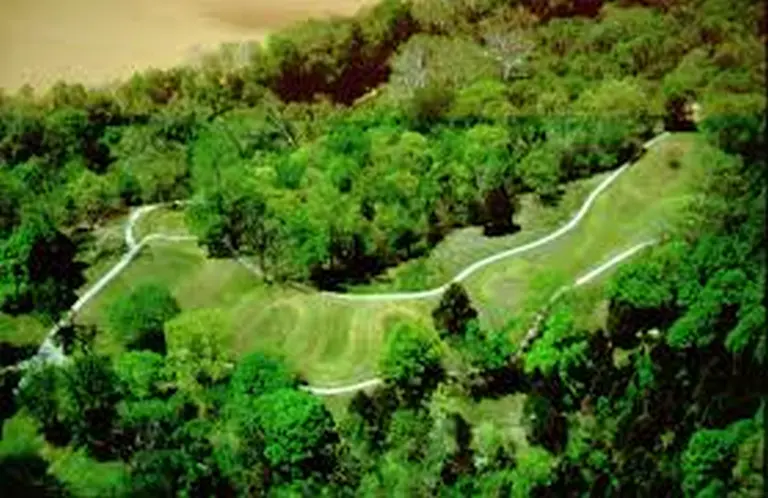
Purpose: Religion, Astronomy, or Mythology?
The Great Serpent Mound contains no burial remains or artifacts, leaving its purpose shrouded in mystery. Notable theories include:
Astronomical Observation
- The alignment of the mound with solar events and constellations suggests it may have served as an astronomical tool or ceremonial calendar.
Religious Significance
- The serpent symbol is often linked to Native American mythology and rituals, particularly themes of life, rebirth, and the underworld.
Commemoration of Celestial Events
- Some researchers propose the mound was built to mark celestial phenomena, such as the Crab Nebula supernova (1054) or the appearance of Halley’s Comet (1066).
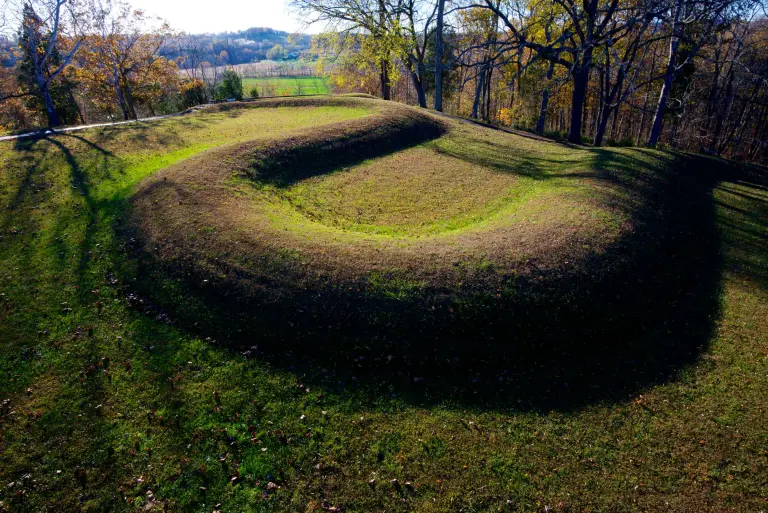
Cultural Legacy and Preservation
Today, the Great Serpent Mound is recognized as a National Historic Landmark and a state park managed by the Ohio History Connection. Visitors can explore trails encircling the mound, take in panoramic views of the plateau and valley below, and participate in educational programs about the site’s history and geology.
A Convergence of Beauty and Mystery
The Great Serpent Mound is not only an archaeological site but also a testament to the creativity, intelligence, and spirituality of ancient Native American cultures. While its purpose and creators remain uncertain, what it symbolizes—a profound connection between humanity, nature, and the cosmos—is undeniable.
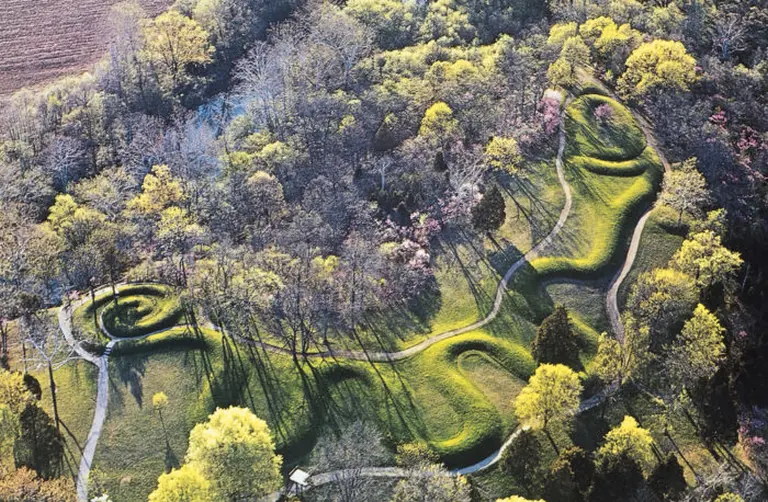
Visit this extraordinary site to experience the magic of one of Earth’s untold stories!






